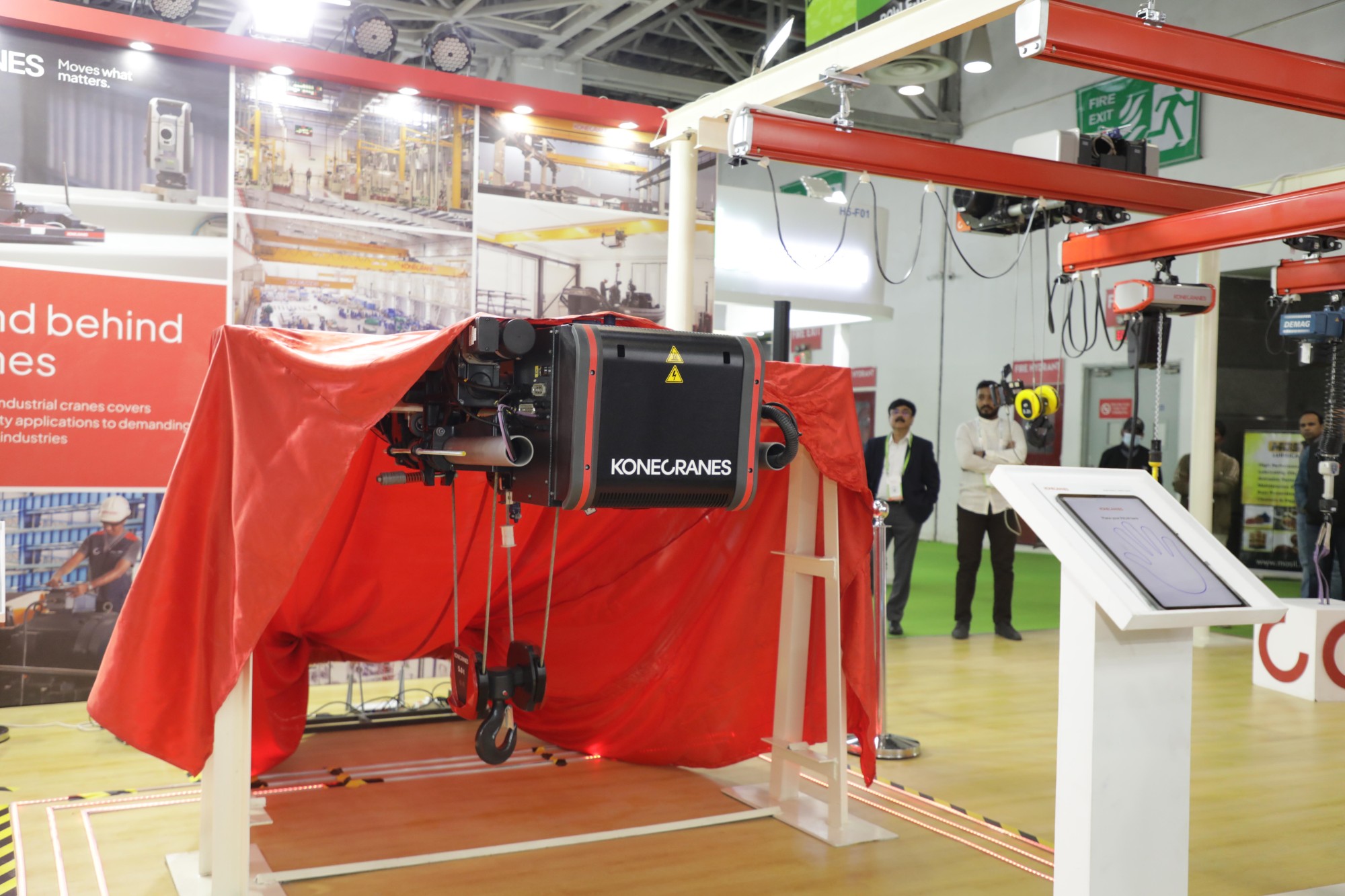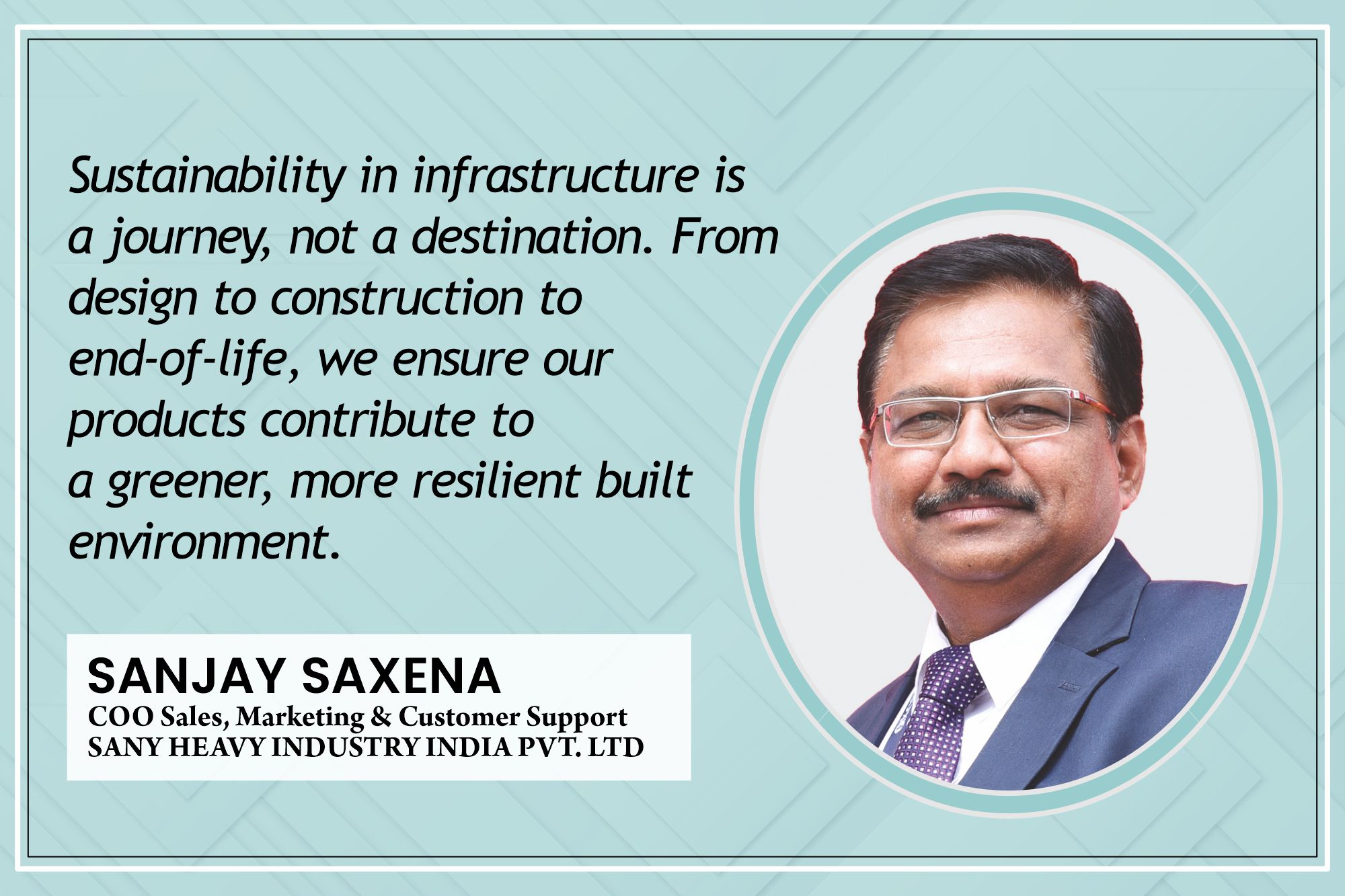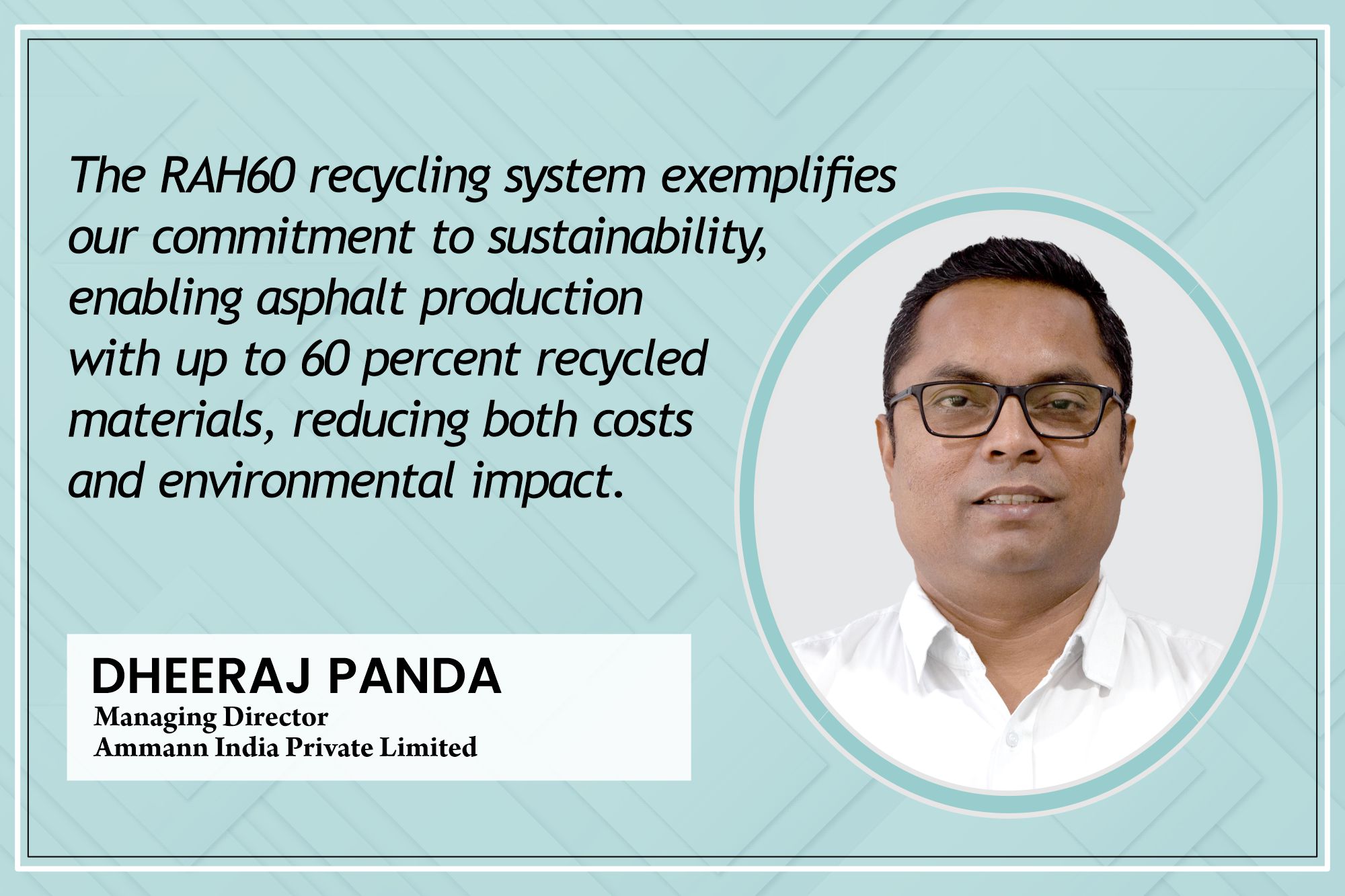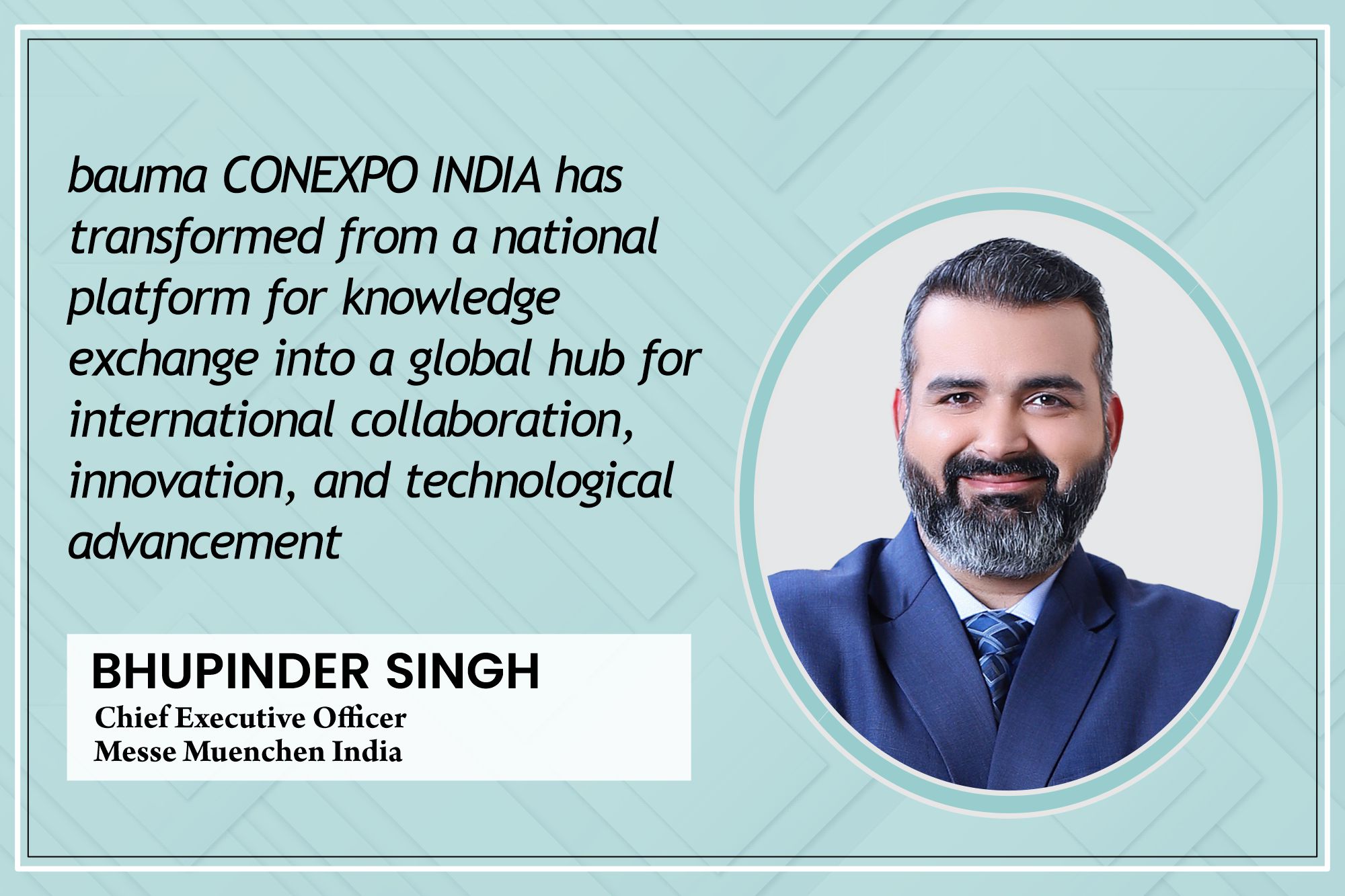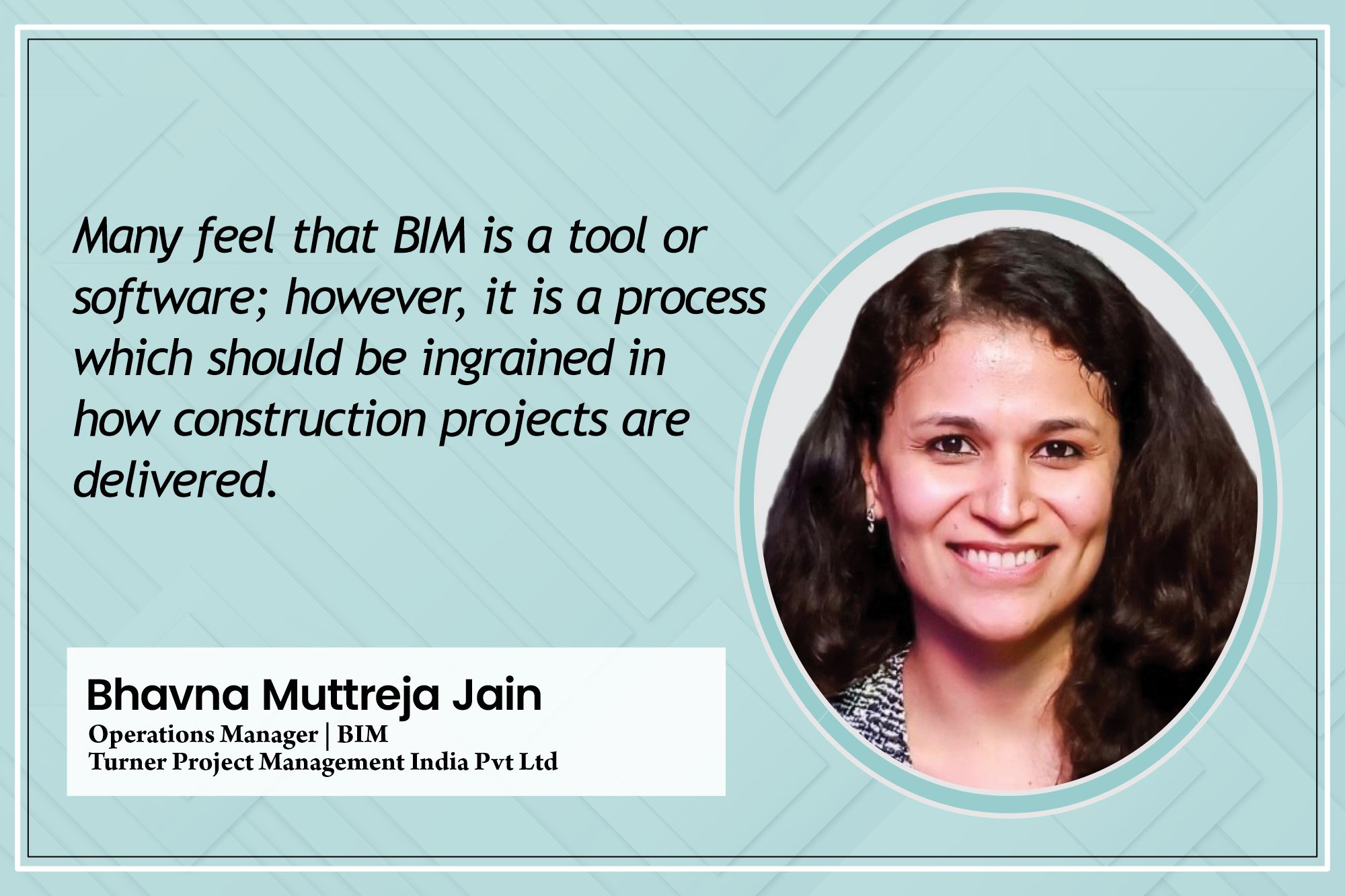THE ‘X FACTOR’ FOR CONSTRUCTION AND INFRASTRUCTURE SECTOR
By Edit Team | October 16, 2021 8:33 pm SHARE
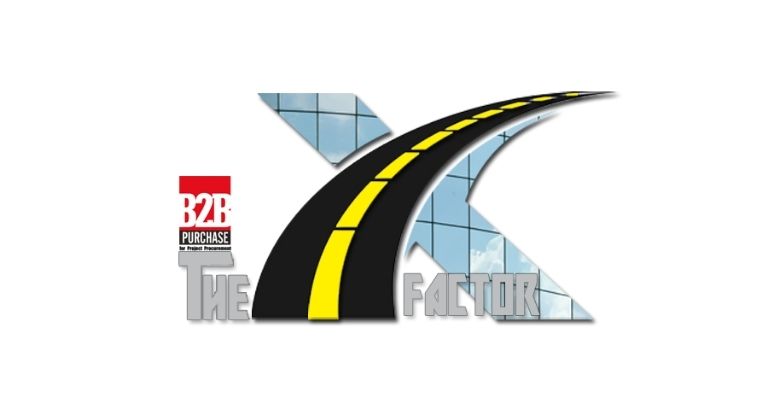
India is expected to become the world’s third-largest construction market by 2022. To meet the aforementioned expectation, we will need a boost investment of $50 trillion in the infrastructure sector by 2022. Increased impetus to develop infrastructure in the country is attracting investments in infrastructure for sustainable development.
The COVID-19 pandemic has stalled the world economy and the industry in 2020. The industry is still going through challenging times, but it has also created new ways and means for the industry to survive and surge ahead. The new normal created out of the pandemic has catalysed technological developments and innovations. Digitisation has played a big role in these developments, and today, digital is the way forward for growth. Now, every industry segment has set its goals and is getting ready to revive and move ahead with confidence, created out of these challenges.
The infrastructure and construction equipment sectors are growing amid the pandemic.
“The supply chain was disrupted in the last two years, especially after the sporadic lockdowns in multiple regions across the global market. We are grateful for the multiple initiatives taken by the Indian government which will stimulate growth and help the industry to bounce back. Moreover, with the nationwide vaccination drives and a drop in the number of cases, “normalcy in operations seems to be underway,” said Sandeep Mathur, Brand Leader at CASE New Holland Construction Equipment Pvt. Ltd.
To recover the loss that affected the profit margins, we have been offering flexible payment options to our consumers such as easy loans, extended warranties, easy EMI, etc. to provide a hassle-free purchase experience.
According to Munish Taneja, President – Equipment Hiring Business, SORIL Infra Resources Limited, “The construction industry in India was impacted by the COVID-19 pandemic, but this pandemic changed how the construction industry does business, from scheduling projects to selecting equipment for execution. The coming years will be a year of re-emergence and growth in the construction industry and rental industry.”
Market trends for commercial vehicles
Commercial vehicles account for 4 percent of India’s total domestic automotive production volume (as of FY 2019). Favourable government policies such as the Make in India campaign, the Automotive Mission Plan (AMP), and the National Electric Mobility Mission Plan (NEMMP) have allowed the country to develop into one of the world’s most important commercial vehicle manufacturing hubs. The exponential growth of online retailing and logistics services, combined with the implementation of Bharat Stage-VI (BS-VI) norms, has boosted the growth of India’s commercial vehicle market.
According to Dimitrov Krishnan, Managing Director of Volvo CE India, “The industry has shown resilience by registering a positive 10 percent growth in FY21, after witnessing a decline in volumes by 14 percent in FY20 due to the pandemic induced slowdown experienced in the construction activity in the country. India is also emerging as an attractive destination for export of CE products, components and technology development. Some of the major export markets for Indian CE products include Nepal, USA, South Africa, Russia, South Arabia, Bangladesh, and the UK.
Critical factors and demand drivers
According to Deepak Garg, Managing Director, Sany India, “Safety is an imperative and key aspect, and all our equipment at Sany, has got built-in safety aspects for operations. If you look at our equipment, like cranes, and others, they are embedded with multiple safety features. Also, there are safety overrides, which are built-in in the system.”
The introduction of the blackbox primarily aims at maintaining the safety and security of all the equipment and their operations, as well as equipment performance and activity data storage for further action and analysis.
As per views of Dimitrov Krishnan, Managing Director of Volvo CE India, “In the industry 4.0 era, digital technology plays a pivotal role in construction equipment/plant operations and maintenance. New age digital technologies and connectivity now allow us to keep track of machine conditions and performance round the clock and on the go. ” Machine-owners and project personnel have ready access to vital reports on the progress of work at their sites. A user-friendly app like Volvo CE’s Caretrack Telematics System not only periodically updates operational hours and utilisation levels; it also assists in remote diagnosis of machine compliants, facilitating swift remedial action before things go wrong.
Policy and financial support
According to Sany India, the government has stated that any project handed over to the developer or to the contractor should have completed at least 80-90 percent of land acquisition. However, I think going forward, while these have been ironed out by the government, the major factor which may still remain is the timely funding and release of payments for these projects.
V.G Sakthikumar, Managing Director, Schwing Stetter India, talks about the required support from the government in terms of policy revival and other support. He said “The concreting and construction equipment manufacturing industry is vast. There are so many different kinds of products, catering to different requirements. However, common support in terms of regulatory measures will help the industry bounce back quickly. “For example, cement prices and other aggregate prices are spiraling out of control, which affects construction activity and thus infrastructure development. We believe that a few regulatory measures will truly help the sector to bounce back quickly.
Highlighting the required support for the MHE sector, Anil Lingayat, Executive Vice President, Godrej Material Handling, said, “The Indian government fortunately continues to raise emission norms to curb pollution, but it currently applies to equipment made in India. These should be made applicable to any equipment operating in India, irrespective of its country of origin. Similarly, BIS standards for material handling equipment need revision to reflect developments in more advanced markets and also ought to apply to all equipment sold in India irrespective of country of origin.”
Noting the same, Ratan Lal Kashyap, Vice President, Procurement, G R Infraprojects Ltd, said, “Few pricing parameters have been severely impacted as domestic players have taken advantage of increased international pricing parity and demand, and supply gap imbalance created in the market. Opportunists need to be appropriately penalised for creating norms which clearly indicate the violations set by the government. ”
Sicoma highlights the challenges that come from the increasing prices of various essential elements that have been impacting the sector’s overall growth. He said, “High manufacturing costs coupled with slow movement in the market are extremely difficult times for OEM’s. Prices of raw materials such as steel, copper have hit through the roof. This has put enormous pressure on the prices of finished goods. Another major concern is the exponential rise in shipping costs. For the companies depending on imports of raw materials and components, it is turning out to be extremely difficult.” We are looking at reducing our dependency on imports. Fortunately, the markets are showing good signs of recovery. Hopefully, we won’t see any more COVID-induced lockdowns.
Key technologies driving the industry
Digitisation and use of technology has been a requirement since the onset of the pandemic. The industry needs to fully embrace the potential of digital-driven businesses. Using technology to manufacture products and for other operations will be beneficial in the long run. Though, some companies in the market may find technology costly, the results of using it in business could be fruitful in the future. According to Case India, having a digital-first approach will build a strong base for the industry to grow and improve productivity. “Technology and digitalisation are a factor for the sector’s growth because adapting to it can bring a wider effect on the entire industry and redefine the process and skills required to operate them. With adequate training to the employees and manufacturers, this will not only enhance the quality of work but also provide scope for innovative concepts,” said Sandeep Mathur, Brand Leader at CASE New Holland Construction Equipment Pvt. Ltd.
Talking about the technology trends for mining equipment, Pawan Kumar, Chief General Manager (Marketing), BEML LIMITED, Bengaluru, said “Modular design equipment is the latest trend in the market, where each machine can be split into eight to nine pieces, and can be assembled again to its original design. This type of equipment can be used in remote and strategic areas; as it is easy to transport and assemble again in a minimum amount of time. ”
Further, technology is being leveraged by almost every organisation in all the sectors. Several companies have introduced technologies and digitisation in multiple layers that define their entire work process in a digitised manner. Many companies have installed digital auto controls in the system and on their equipment, which is all electronic control, which drives better fuel efficiency for the equipment. So, one level of digital is in electronic controls and auto controls, which are provided to balance the power train in all our equipment, which results in better fuel efficiency. The second level of efficiency is attained by balancing the load and the speed of our equipment through digital control.
The road ahead
Since the country is slowly attaining normalcy, and growth in this sector is gaining momentum, leading players are confident of staying uptight in business and are looking forward to positioning themselves to make the best out of it and to continue to lead the market in terms of technology and transformation, while at the same time going for healthy and profitable growth.
To be more specific, artificial intelligence and telematics are the needs of the hour; and we are yet to utilise them to their entire capacity as they have just been introduced in India. Talking about its application and utilisation, right now it is being used in some places where connectivity is good.
Cookie Consent
We use cookies to personalize your experience. By continuing to visit this website you agree to our Terms & Conditions, Privacy Policy and Cookie Policy.



